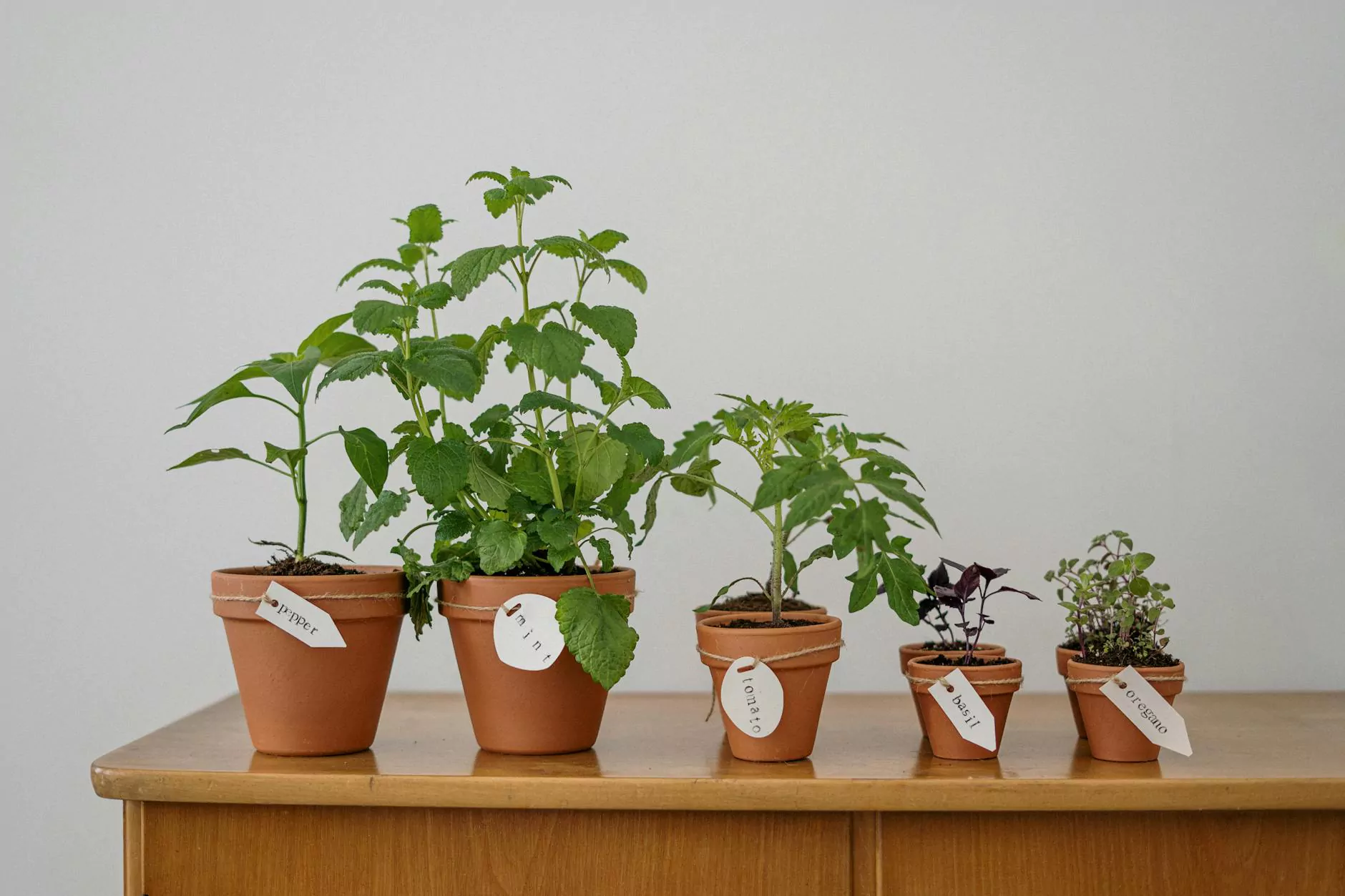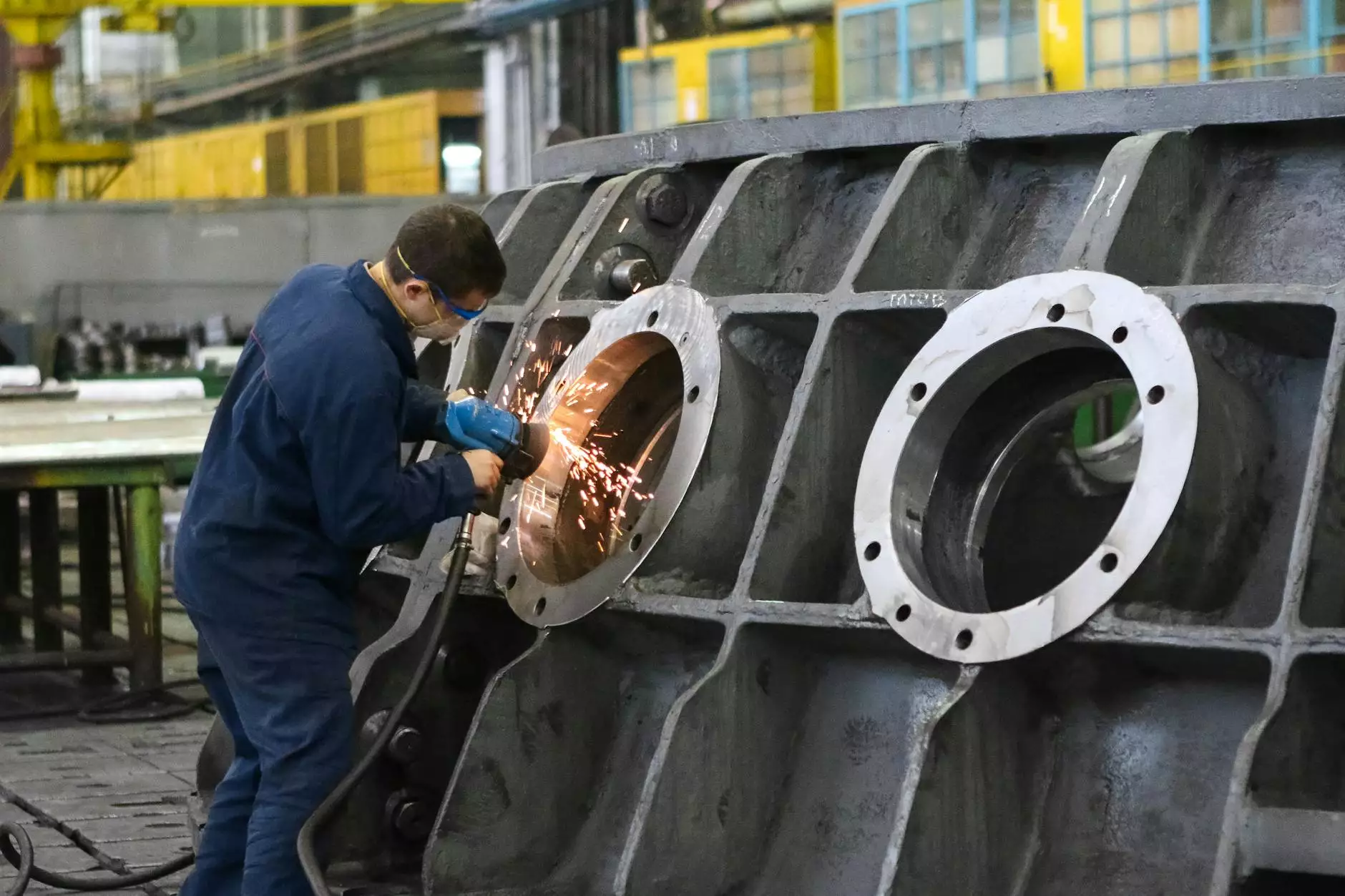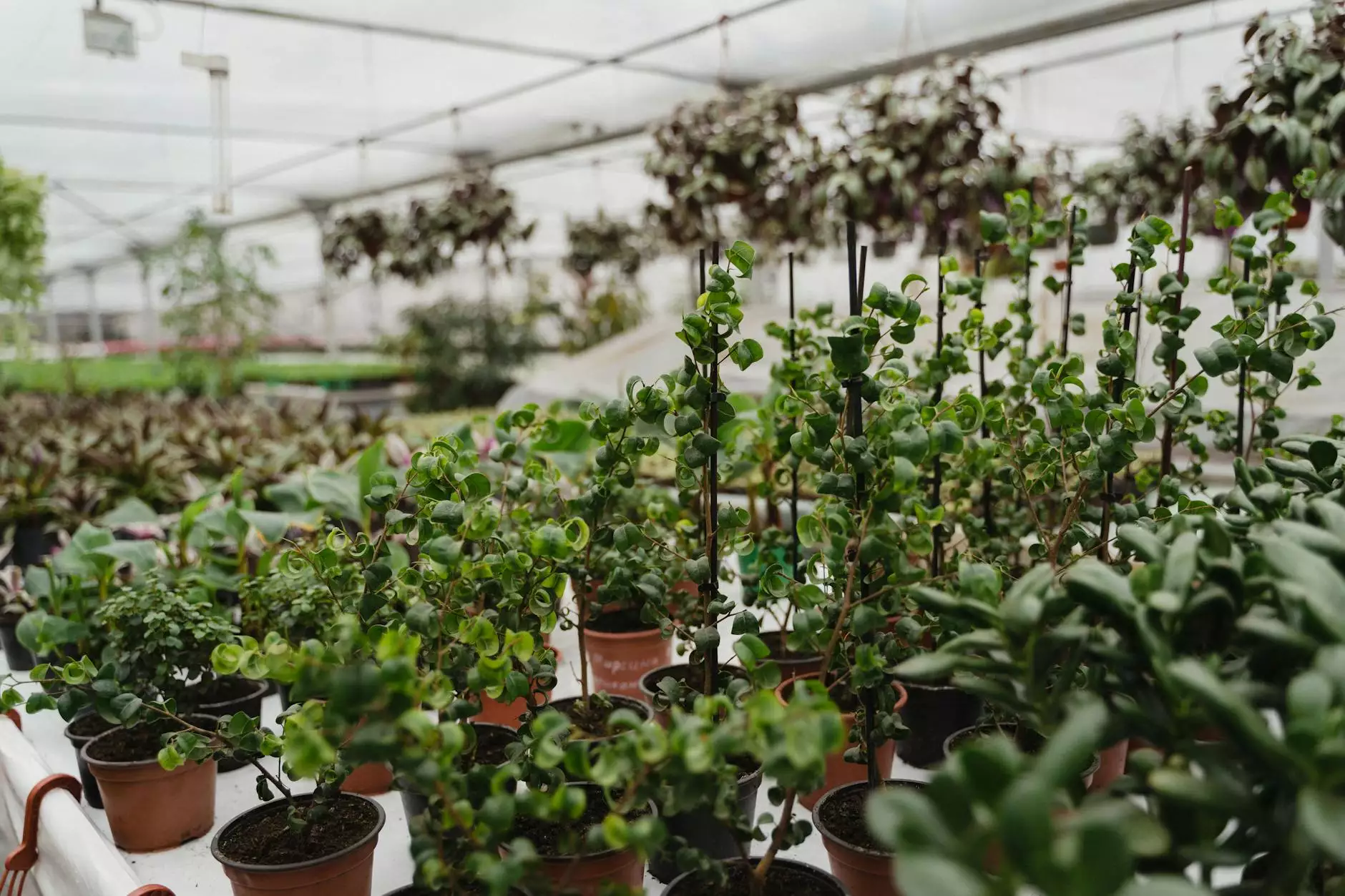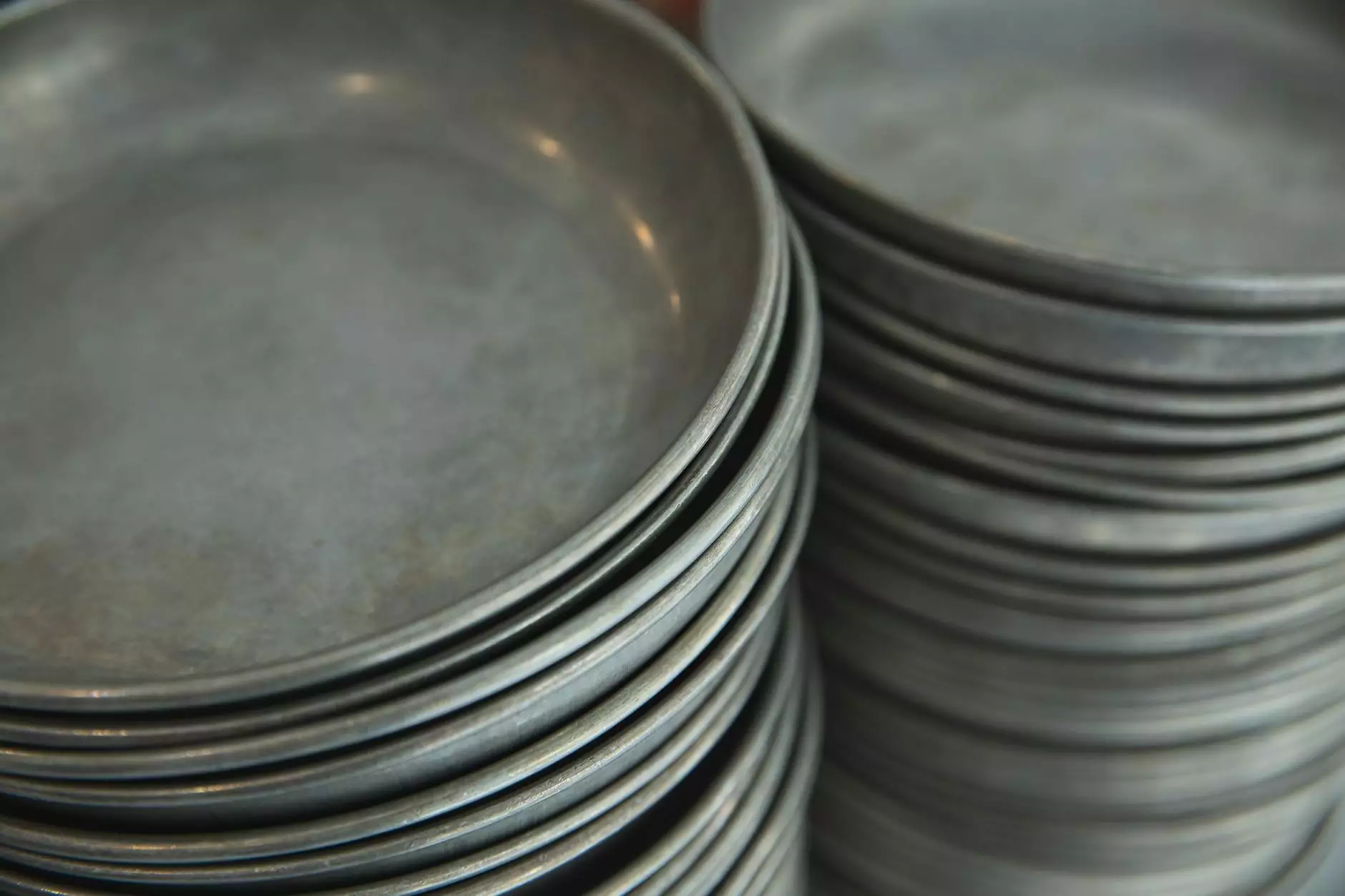Types of Pumps

Welcome to Effective Greenhouses, your go-to resource for all your home and garden needs. In this comprehensive guide, we will explore the different types of pumps and their applications, helping you make informed decisions when it comes to choosing the perfect pump for your specific requirements.
1. Submersible Pumps
Submersible pumps are an excellent choice for applications where water needs to be moved or drained from below the surface. These pumps are specially designed to be fully immersed in water, making them ideal for tasks like draining flooded basements, emptying swimming pools, or even pumping water from wells. Their compact size and powerful performance make them a popular choice for both residential and commercial use.
1.1 Benefits of Submersible Pumps
Submersible pumps offer several advantages over traditional pumps:
- Efficiency: Submersible pumps are highly efficient, ensuring maximum water output while consuming minimal energy.
- Noise Reduction: These pumps are known for their quiet operation, making them suitable for indoor applications.
- Durability: Submersible pumps are designed to withstand harsh environments and extended periods of use.
- Space Saving: Since submersible pumps are installed below the waterline, they do not occupy valuable space in your home or garden.
2. Centrifugal Pumps
Centrifugal pumps are the most common type of pumps used in home and garden applications. They rely on centrifugal force to move liquids through the pump. These versatile pumps can handle a wide range of liquids, making them suitable for various tasks, such as irrigation, water circulation, and chemical transfer.
2.1 How Centrifugal Pumps Work
Centrifugal pumps operate by converting rotational energy from a motor into kinetic energy, which then moves the liquid. The liquid enters the pump through an inlet, where the impeller spins to create centrifugal force. As the liquid is pushed towards the outer edges of the impeller, it gains momentum, causing it to be discharged through the pump's outlet.
3. Positive Displacement Pumps
Positive displacement pumps are designed to move a fixed volume of liquid with each cycle of operation. These pumps are widely used in applications that require precise and consistent flow rates. Unlike centrifugal pumps, positive displacement pumps can handle viscous liquids and even solids, making them suitable for tasks like oil transfer, chemical dosing, and food processing.
3.1 Types of Positive Displacement Pumps
There are several types of positive displacement pumps, including:
- Reciprocating Pumps: These pumps use a piston or diaphragm to displace the liquid.
- Gear Pumps: Gear pumps operate by trapping the liquid between interlocking gears and transporting it from the inlet to the outlet.
- Vane Pumps: Vane pumps use rotating vanes to create the pumping action within the pump.
4. Well Pumps
Well pumps are specifically designed for extracting water from wells or underground sources. These pumps are crucial for providing water to households or agricultural operations that rely on well water. Well pumps can be submersible or non-submersible, depending on the depth of the water source and the specific requirements of the application.
4.1 Choosing the Right Well Pump
When selecting a well pump, it's important to consider factors such as:
- Well Depth: The depth of your well will determine whether you need a submersible or non-submersible pump.
- Flow Rate: Assess your water usage needs to determine the appropriate flow rate for your pump.
- Motor Power: Choose a pump with a motor power suitable for your specific requirements.
- Pump Material: Consider the material of the pump to ensure it is compatible with the water source and environment.
Conclusion
Effective Greenhouses is dedicated to providing you with the most comprehensive information about pumps for your home and garden needs. By understanding the various types of pumps available and their respective applications, you can make informed decisions that meet your specific requirements.
Whether you need a submersible pump for draining purposes, a centrifugal pump for irrigation, or a positive displacement pump for precise flow control, Effective Greenhouses has got you covered. Our expert recommendations and detailed product guides ensure that you choose the right pump for any application.










